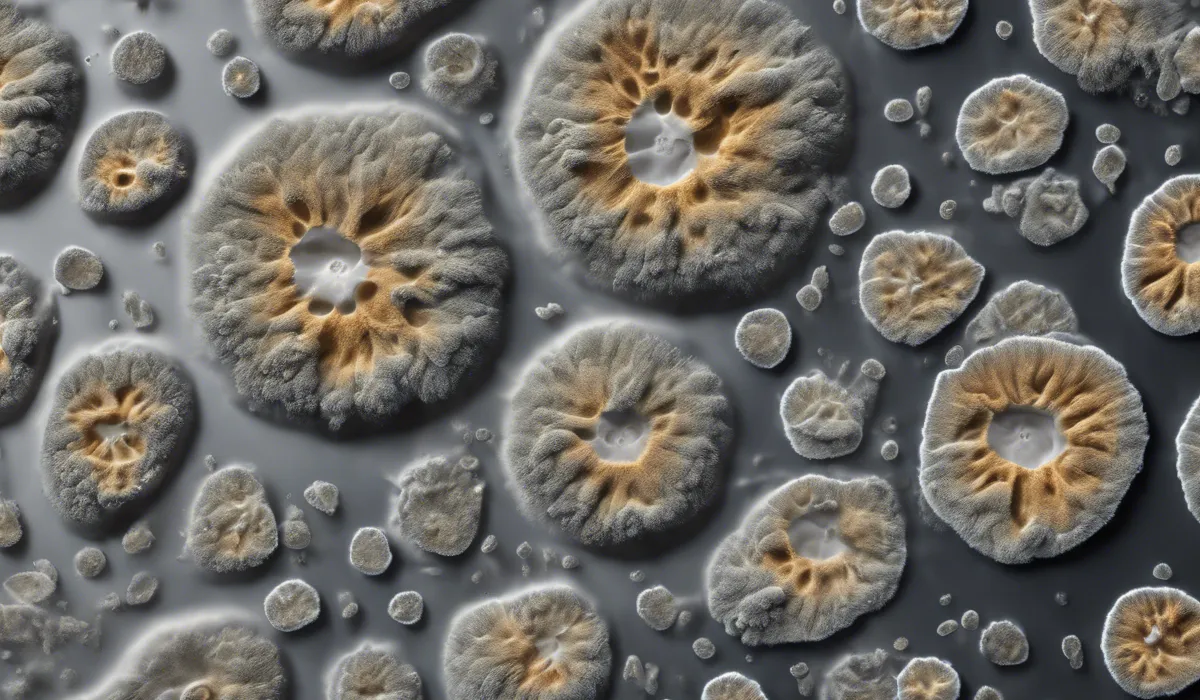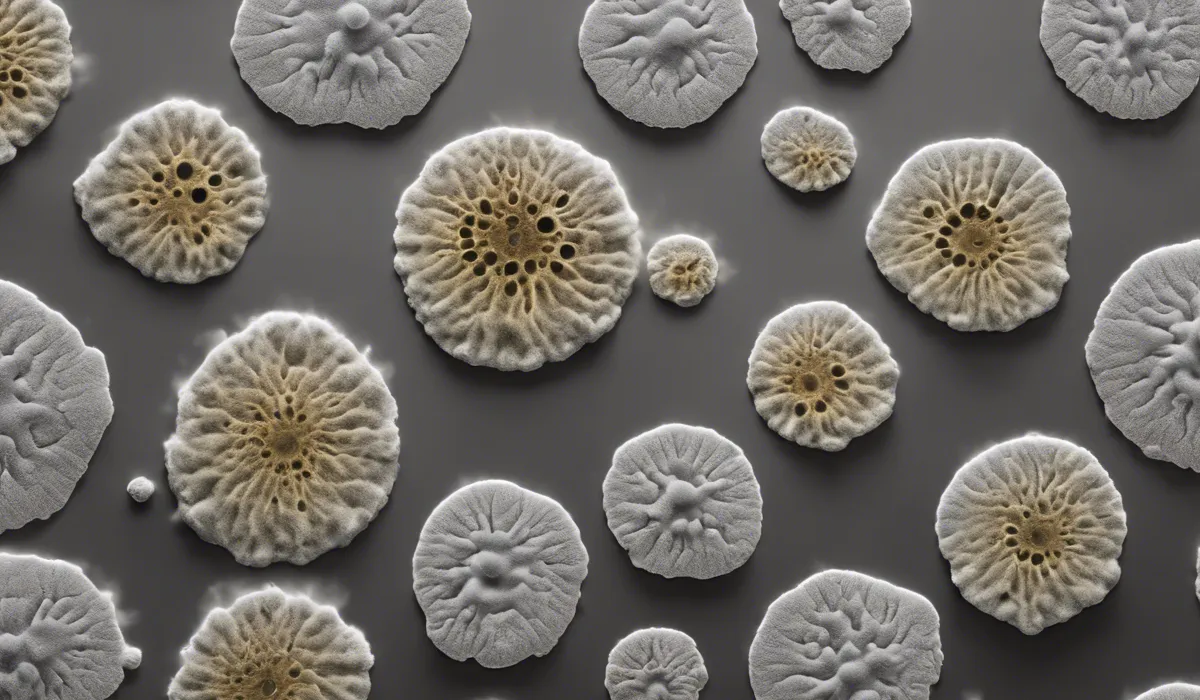The concentration of mold spores in the air can vary widely, ranging from zero to thousands per cubic meter. Indoor levels are typically lower, but can increase with moisture and lack of ventilation. Exact counts require air quality testing.
Understanding Mold Spores and Air Quality

Definition of Mold Spores
Mold spores are tiny, seed-like structures produced by fungi. These spores are a natural part of the environment and play a crucial role in the decomposition of organic matter.
However, when they land on damp surfaces indoors, they can start to grow and multiply, leading to mold problems in homes and other buildings.
Natural Role of Mold Spores in the Environment
In nature, mold spores help break down dead materials, returning nutrients back to the soil. This decomposition process is vital for the health of ecosystems.
Mold spores are carried by the wind, animals, and water, and they can be found virtually everywhere, from forests to our own backyards.
Factors Influencing Mold Spore Levels in the Air
Mold spore levels in the air can be affected by several factors including humidity, temperature, and ventilation.
High humidity and warm temperatures create ideal conditions for mold growth and spore production.
Poor ventilation in indoor spaces can also lead to increased mold spore levels, as fresh air is not brought in to dilute and remove spores.
Health Implications of Mold Spores
For some people, exposure to mold spores can cause health problems such as allergic reactions, asthma attacks, and other respiratory issues.
It is important to maintain good air quality to minimize these health risks, especially for those with mold allergies or compromised immune systems.
Measuring Mold Spore Concentration

Tools and Methods for Measuring Mold Spores
To assess mold spore concentration in the air, professionals use various tools such as air sampling pumps, petri dishes with culture medium, and laser particle counters.
These devices capture spores from the air, which can then be counted and identified under a microscope or through other analytical methods.
Average Ranges of Mold Spores in Indoor and Outdoor Environments
The concentration of mold spores varies greatly between indoor and outdoor environments.
Outdoors, spore counts can range from a few hundred to several thousand per cubic meter of air.
Indoors, levels should be much lower, but if moisture and lack of ventilation are present, spore counts can rival or even exceed outdoor levels.
Interpretation of Mold Spore Count Results
Interpreting spore count results requires understanding the types of spores present and their concentrations.
Higher counts can indicate a potential mold issue, especially if indoor levels are significantly higher than outdoor levels.
Comparing these counts to established guidelines helps determine if remedial action is needed.
Limitations of Measuring and Variability Factors
Measuring mold spores has its limitations. Variability due to changes in weather, time of day, and specific activities can affect spore counts.
Furthermore, not all mold species are equally easy to culture or identify, and some spores may not be viable, leading to an underestimation of actual mold levels.
Managing and Reducing Mold Spore Levels

Strategies for Controlling Indoor Mold Spore Levels
Controlling indoor mold spore levels is key to maintaining a healthy living environment.
Strategies include fixing leaks, ensuring that areas prone to dampness are well-ventilated, and using air purifiers with HEPA filters, which can capture mold spores from the air.
Importance of Humidity Control and Ventilation
Maintaining low indoor humidity levels (ideally between 30-50%) and good ventilation are critical in preventing mold growth.
Use of dehumidifiers and exhaust fans helps reduce moisture in the air and circulate fresh air, making it harder for mold to thrive.
Cleaning and Maintenance Tips for Mold Prevention
Regular cleaning and maintenance can prevent the conditions that allow mold to grow.
This includes cleaning spills and condensation promptly, using mold-resistant products in high-moisture areas, and inspecting HVAC systems to ensure they’re not contributing to moisture problems.
When to Seek Professional Help for Mold Remediation?
If mold problems persist despite preventive efforts, it may be time to seek professional help.
Mold remediation specialists can assess the situation, identify the source of moisture, and take appropriate steps to remove the mold safely and effectively, ensuring the health and safety of building occupants.
FAQs About Mold Spore Concentration
How many mold spores are typically found in indoor air?
Indoor air typically has lower mold spore concentrations compared to outdoor environments, but levels can increase with moisture and poor ventilation. Exact counts vary and require air quality testing for precise measurements.
What is the range of mold spore concentration in the air?
The concentration of mold spores in the air can range from zero to thousands per cubic meter, depending on the environment and conditions.
Can mold spore levels be zero in some environments?
Yes, in some indoor or outdoor environments, mold spore levels can be essentially zero, particularly in dry or sterile conditions.
How can indoor mold spore levels increase?
Indoor mold spore levels can increase due to excessive moisture, such as from leaks or high humidity, and inadequate ventilation.
How can I find out the exact count of mold spores in my home?
To determine the exact count of mold spores in your home, you would need to conduct air quality testing using specialized equipment or hiring a professional service.
Final Thoughts
The quantity of mold spores in the air can significantly fluctuate, with potential extremes from none to several thousand per cubic meter.
Indoors, these levels are usually less but can rise with increased moisture and inadequate airflow. Accurate spore counts necessitate specific air quality assessments.
